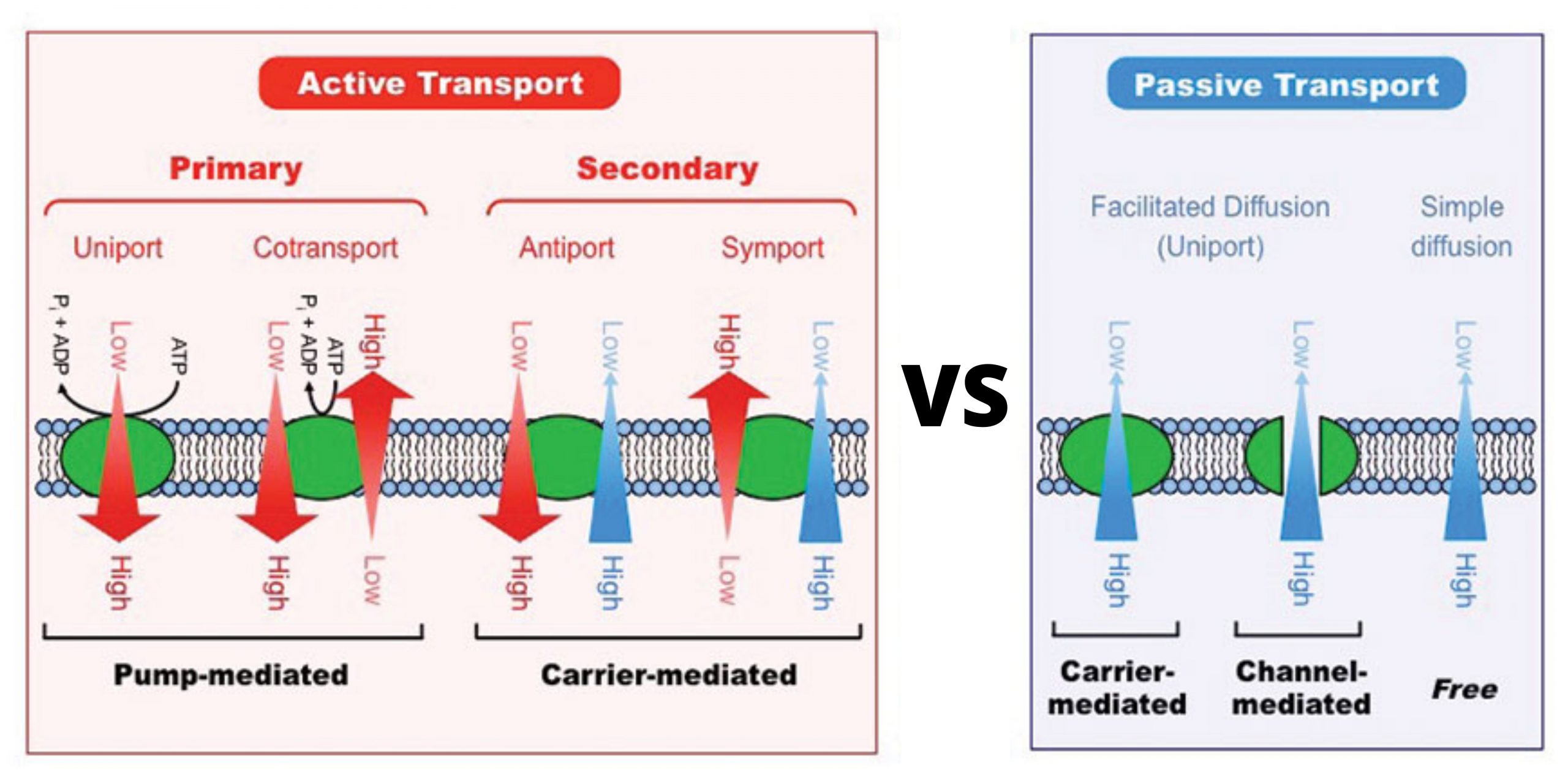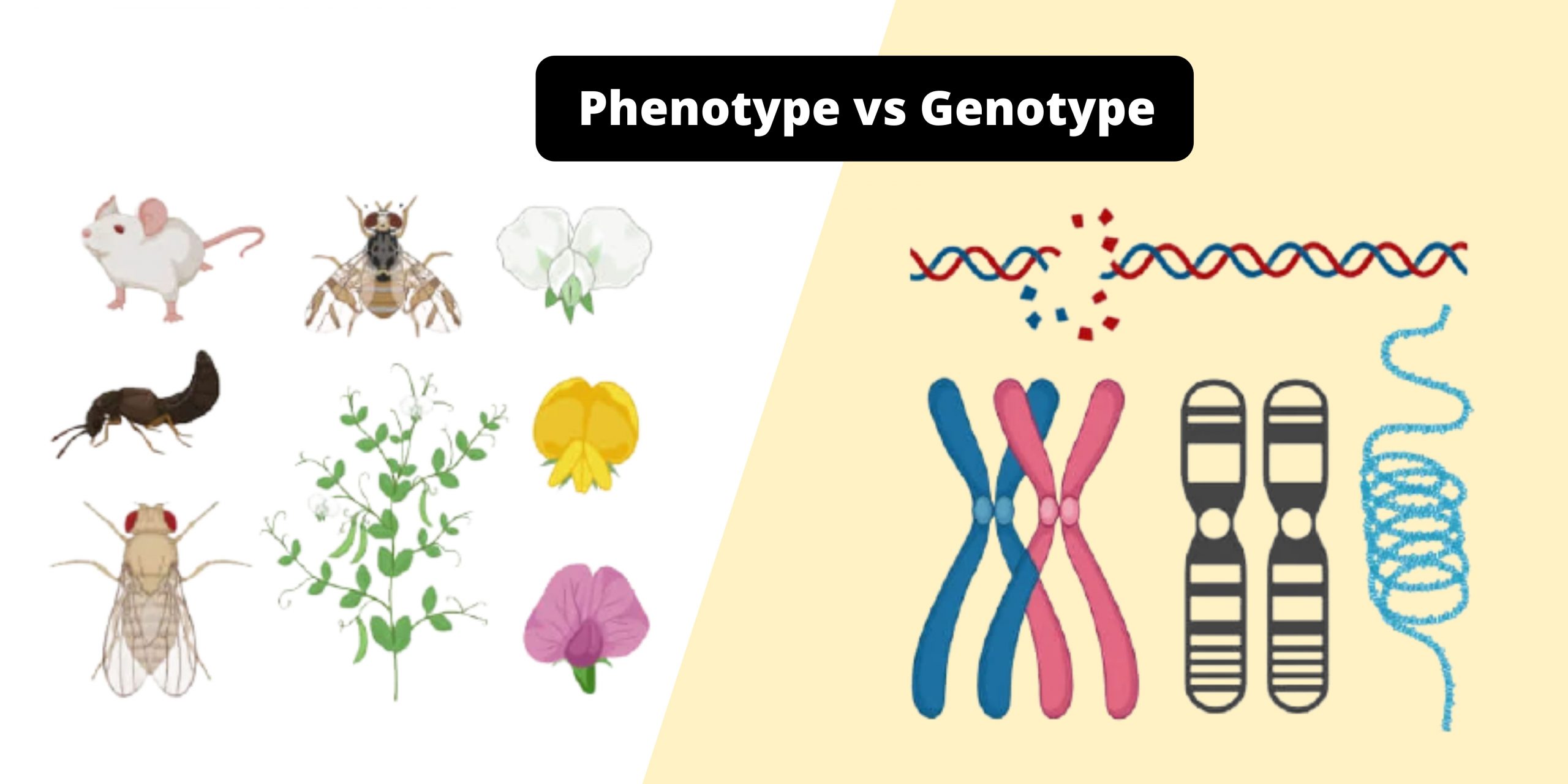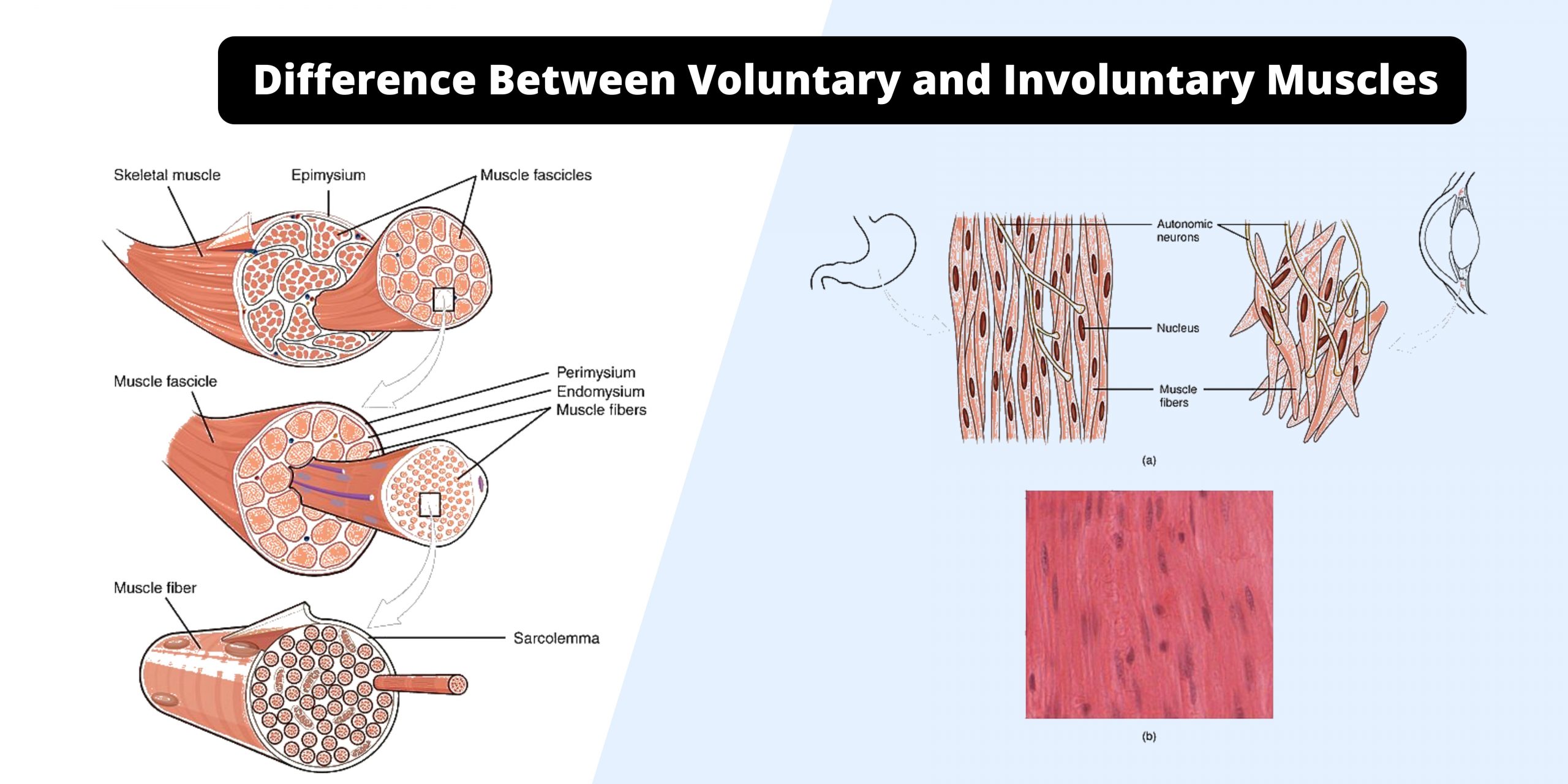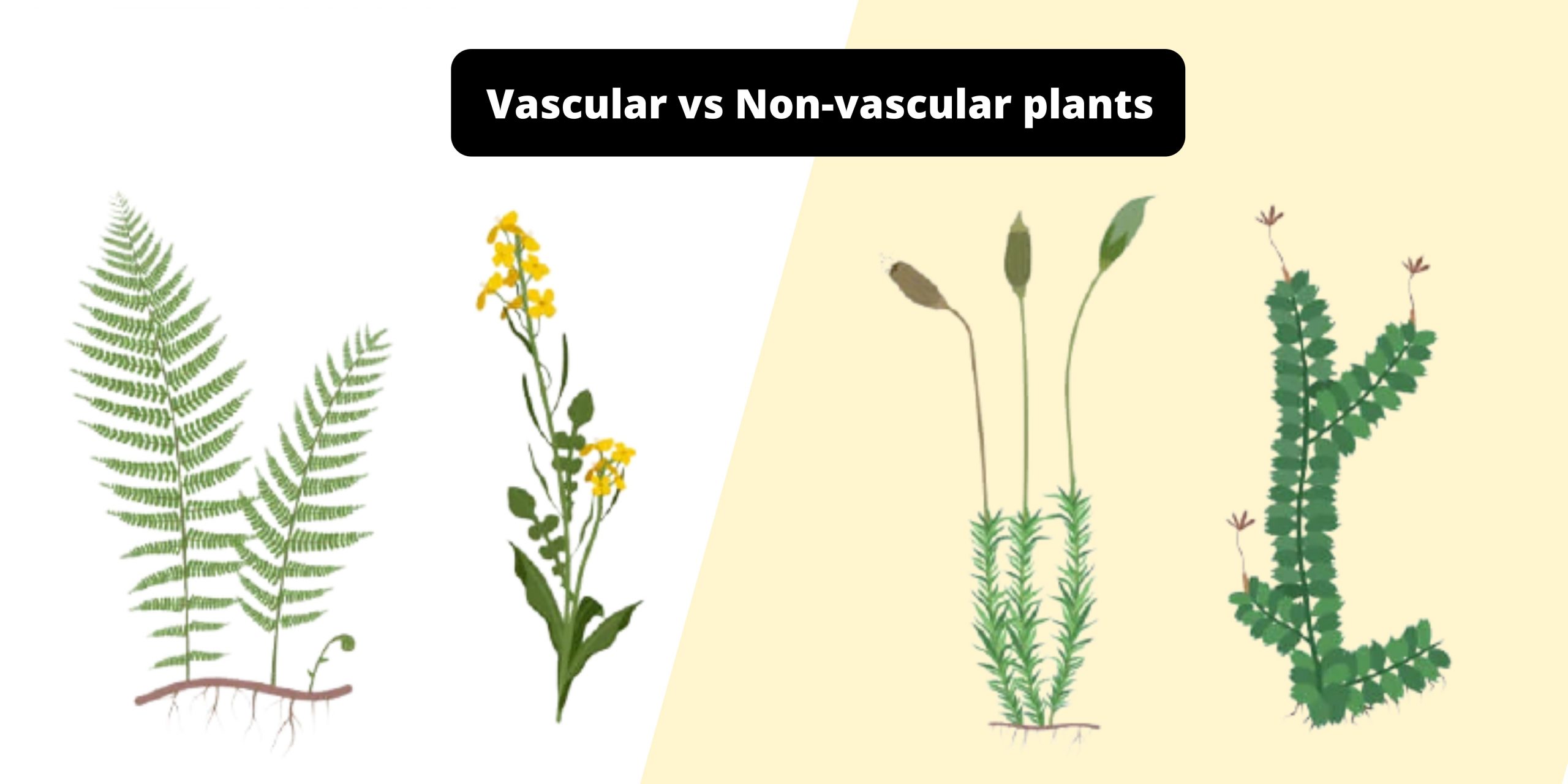Differences between Arteries and Veins – Arteries vs Veins
d arterial blood vessels are the two kinds of blood vessels that are part of the closed circulatory system. The primary purpose that blood vessels serve is move circulation of blood around the entire body. However, veins and arteries differ in design and purpose.









